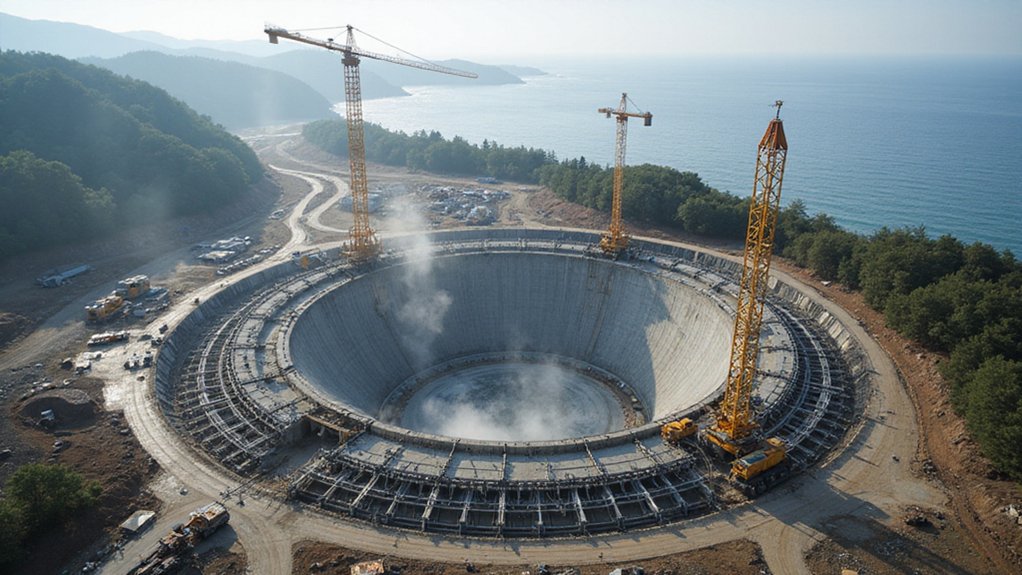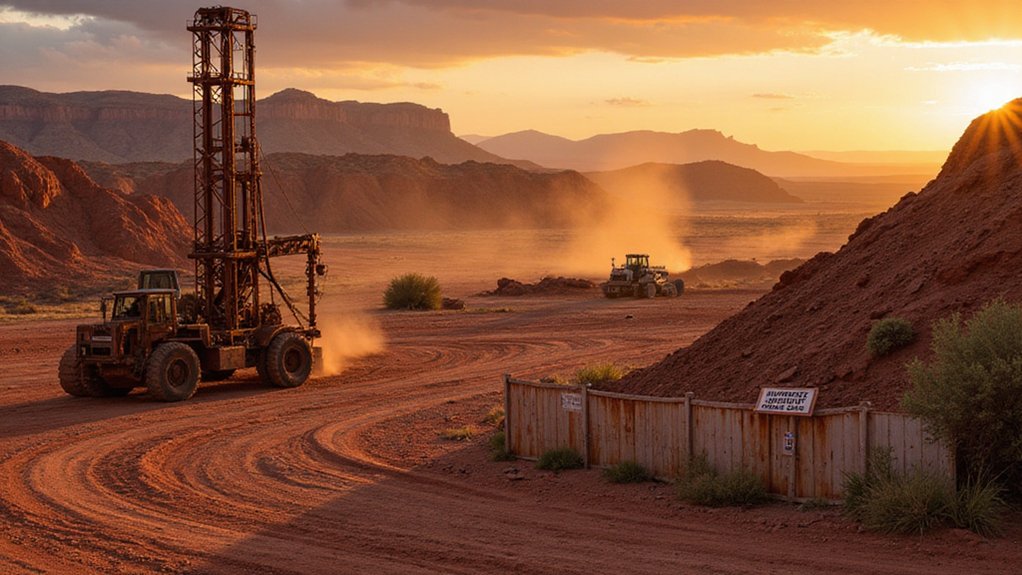After decades of being known mainly for its uranium exports, Kazakhstan has officially begun construction of its first nuclear power plant. The project launched in August 2025 near Ulken by Lake Balkhash. Russia’s state nuclear company Rosatom is leading the $14-15 billion project.
Kazakhstan begins a new energy chapter with its first nuclear plant, a $15 billion Russian-led project by Lake Balkhash.
The plant will feature two reactors with a combined capacity of 2.4 gigawatts by 2035. These Generation III+ reactors, based on Russia’s Novovoronezh design, are expected to operate for 60 years, with a possible 20-year extension.
Kazakhstan plans to build three nuclear plants in total. China National Nuclear Corporation (CNNC) will construct the second and third plants, though their locations haven’t been announced yet. This shows Kazakhstan’s deepening nuclear cooperation with both Russia and China.
The nuclear expansion received public support in an October 2024 referendum, with about 70% of voters backing the plans. However, there were reports of low turnout in major cities and some claims of voting irregularities.
As the world’s leading uranium producer, Kazakhstan is building on its natural resources advantage. The country already operates three research reactors and previously ran the Soviet BN-350 fast reactor near Aktau for 26 years until 1999.
The project aims to solve persistent power shortages and reduce Kazakhstan’s reliance on fossil fuels. According to the national energy strategy, nuclear power will make up 5% of the country’s energy mix by 2035.
Beyond power generation, the nuclear plant project includes $1 billion for local infrastructure improvements. Officials expect it will create jobs and boost economic growth in the surrounding regions.
Despite the economic benefits, some opposition remains. Environmental concerns and memories of Soviet-era nuclear testing have created distrust, particularly regarding Russian involvement.
Still, the government views nuclear energy as key to Kazakhstan’s energy security and carbon reduction goals. Prior to construction, engineers conducted extensive site survey activities with at least 50 boreholes drilled to depths of 30-120 meters to assess seismic stability and safety parameters. The country is investing heavily in human capital development through partnerships with international universities to train the next generation of nuclear specialists.
References
- https://timesca.com/kazakhstan-breaks-ground-on-first-nuclear-power-plant/
- https://world-nuclear-news.org/articles/site-surveys-begin-for-first-kazakh-nuclear-power-plant
- https://www.themoscowtimes.com/2025/08/08/russia-begins-work-on-kazakhstans-first-nuclear-power-plant-a90136
- https://world-nuclear.org/information-library/country-profiles/countries-g-n/kazakhstan
- https://www.rferl.org/a/kazakhstan-china-russia-nuclear-diplomacy/33495107.html








